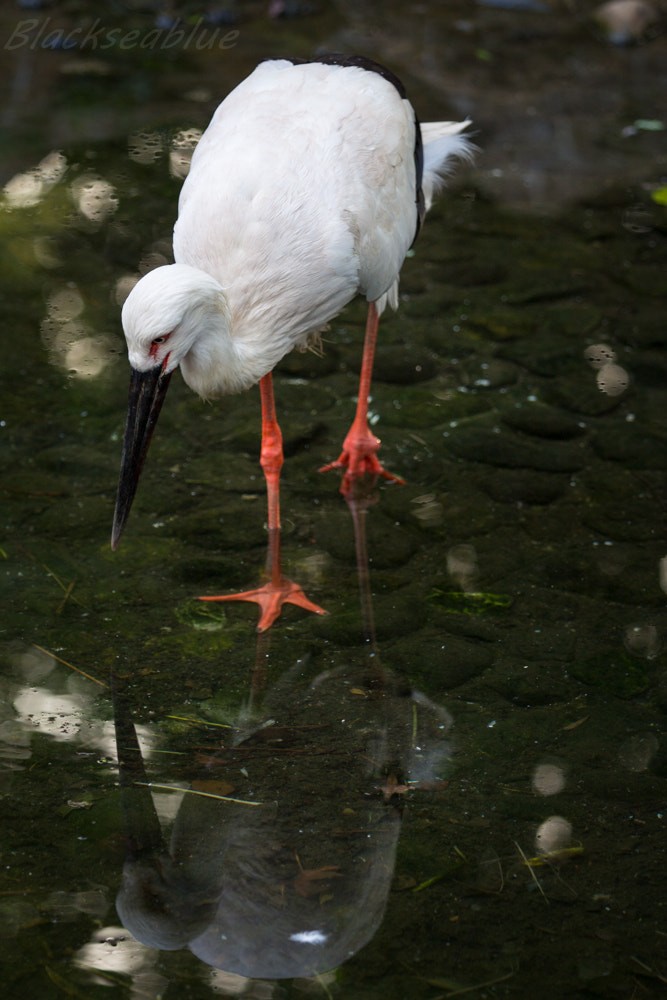Oriental Stork
A species of Typical Storks, Also known as Eastern White Stork Scientific name : Ciconia boyciana Genus : Typical Storks
Oriental Stork, A species of Typical Storks
Also known as:
Eastern White Stork
Botanical name: Ciconia boyciana
Genus: Typical Storks
Content
Description General Info
Description
The Oriental stork (Ciconia boyciana) is a large, white bird with black wing feathers in the stork family Ciconiidae. The species was first described by Robert Swinhoe in 1873. It is closely related to and resembles the European white stork (C. ciconia), of which it was formerly often treated as a subspecies. It is typically larger than the white stork, at 100–129 cm (39.5–51 in) long, 110–150 cm (43–59 in) tall, a weight of 2.8–5.9 kg (6.2–13.0 lb) and a wingspan of 2.22 m (7.3 ft). Unlike its more widespread cousin, the Oriental stork has red skin around its eye, with a whitish iris and black bill. Both sexes are similar. The female is slightly smaller than male. The young are white with orange bills. At one time, the Oriental stork could be found in Japan, Manchuria, Korea and Siberia. It is now extinct in Japan and the Korean peninsula. However, in May 2007 a hatchling was reported in Japan for the first time in 40 years in the wild. It was offspring of two storks who were bred in captivity. There have been efforts to reintroduce the storks to the wild, but there must be changes to the environment first. The storks were harshly impacted by the growth of the rice industry and the subsequent use of pesticides. There is a push for rice farmers to grow their plants organically so that the storks may breed and grow safely in their environments. After breeding, the storks migrate to eastern China in September and return in March. The Oriental stork is a solitary bird except during the breeding season. Its diet consists mainly of fish, frogs, insects, small birds and reptiles, as well as rodents. The female usually lays between two and six eggs. The scientific name commemorates Robert Henry Boyce. Due to habitat loss and overhunting, the Oriental stork is classified as endangered on the IUCN Red List of Threatened Species. It is listed on Appendix I of CITES. 
Size
1.2 m
Colors
Black
White
Life Expectancy
48 years
Nest Placement
Tree
Feeding Habits
Oriental Stork primarily consumes fish, frogs, insects, small birds, reptiles, and rodents, showcasing varied feeding behaviors including foraging and hunting, with distinct dietary adaptations for diverse prey.
Habitat
The oriental Stork dwells in diverse wetland habitats including marshes, pond margins, riverbanks, and coastal regions. These environments commonly feature reed swamps and shallow open water areas about 20-30cm deep. Their territories span across broad temperate to subtropical zones, favoring wet grasslands and forests with scattered trees. Although formerly less associated with human-modified landscapes, there is evidence of adaptation to agricultural settings such as paddy fields, marking a shift towards more anthropogenic areas.
Dite type
Piscivorous
General Info
Feeding Habits
Bird food type
Species Status
ENDANGERED. CITES I. Legally protected in all range states. World population most recently estimated by BirdLife International at 1000–2499 mature individuals.
